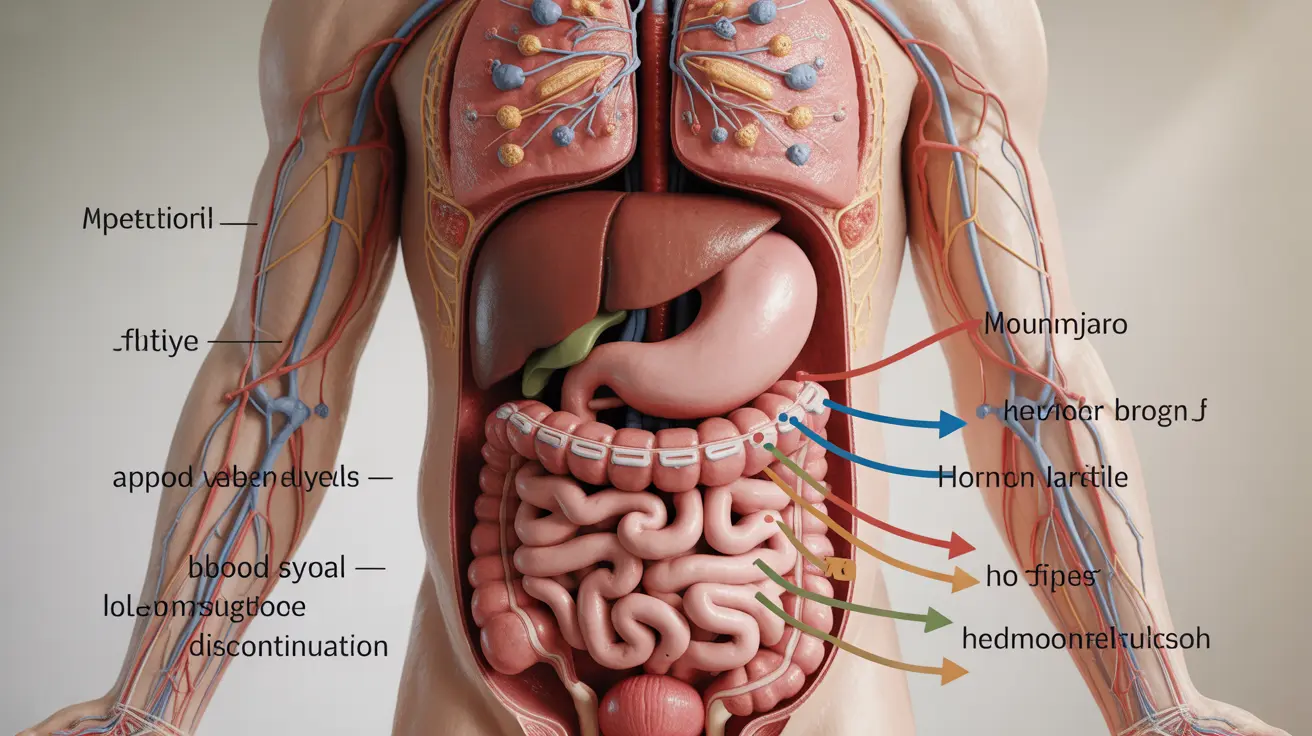RF microneedling has emerged as one of the most effective minimally invasive treatments for addressing multiple skin concerns, from wrinkles and fine lines to acne scarring and skin laxity. This innovative cosmetic procedure combines traditional microneedling with radiofrequency energy to stimulate deep collagen production and deliver remarkable skin improvements.
As more people seek non-surgical alternatives to facelifts and laser resurfacing, understanding the benefits, process, and safety considerations of RF microneedling becomes increasingly important for making informed skincare decisions.
What is RF Microneedling?
Radiofrequency microneedling is an advanced dermatological treatment that merges two proven technologies: microneedling and radiofrequency energy delivery. During the procedure, ultra-fine needles create controlled micro-injuries in the skin while simultaneously delivering radiofrequency energy to deeper tissue layers.
This dual-action approach triggers the body's natural healing response, stimulating robust collagen and elastin production that continues for months after treatment. The result is firmer, smoother, and more youthful-looking skin with improved texture and tone.
How RF Microneedling Works for Skin Improvement
The science behind RF microneedling lies in its ability to target multiple skin layers simultaneously. The microneedles penetrate the epidermis and dermis, creating microscopic channels that allow the radiofrequency energy to reach deeper into the skin than surface treatments alone.
This energy heats the targeted tissue to precise temperatures, causing immediate collagen fiber contraction and triggering a healing cascade. Over the following weeks and months, new collagen forms, replacing damaged tissue and creating a more structured, youthful skin matrix.
Collagen Remodeling Process
The treatment initiates a three-phase healing process. Initially, the controlled injury prompts immediate inflammation and cellular repair mechanisms. During the proliferation phase, fibroblasts multiply rapidly, producing new collagen and elastin fibers. Finally, the remodeling phase reorganizes these proteins into stronger, more organized structures that provide lasting skin improvements.
Benefits of RF Microneedling for Skin Rejuvenation
RF microneedling offers comprehensive skin rejuvenation benefits that address multiple aging concerns simultaneously. The treatment effectively tightens loose skin by promoting collagen contraction and new protein synthesis, resulting in improved skin firmness and reduced sagging.
For texture concerns, the procedure smooths rough skin, minimizes enlarged pores, and creates a more refined skin surface. The radiofrequency component enhances these benefits by reaching deeper layers than traditional microneedling alone.
Wrinkle and Fine Line Reduction
The treatment excels at reducing both superficial and deeper wrinkles through collagen stimulation and skin tightening. Fine lines around the eyes, mouth, and forehead respond particularly well, with improvements becoming visible within 4-6 weeks and continuing to develop over several months.
Acne Scar Improvement
RF microneedling has demonstrated exceptional results in treating various types of acne scarring. The combination of needle-induced remodeling and radiofrequency heating breaks down scar tissue while promoting healthy collagen formation, gradually filling depressed scars and smoothing skin texture.
Treatment Process and What to Expect
A typical RF microneedling session begins with thorough skin cleansing and application of topical numbing cream to ensure patient comfort. The procedure itself usually takes 30-60 minutes, depending on the treatment area size.
During treatment, patients experience a warming sensation as the radiofrequency energy is delivered through the needles. Most describe the feeling as tolerable, similar to a warm massage with occasional pinching sensations.
Immediate Post-Treatment Effects
Immediately following treatment, the skin appears red and may feel warm, similar to a moderate sunburn. This reaction is normal and typically subsides within 24-48 hours. Some patients also experience mild swelling, particularly around sensitive areas like the eyes.
Safety Considerations and Potential Risks
RF microneedling is generally considered safe when performed by qualified professionals using appropriate protocols. However, like all cosmetic procedures, it carries potential risks and side effects that patients should understand before treatment.
Common temporary side effects include redness, swelling, mild bruising, and skin sensitivity. These typically resolve within a few days to a week. More serious complications, while rare, can include infection, scarring, or pigmentation changes.
Skin Type Considerations
The treatment's safety profile varies among different skin types and tones. While RF microneedling is generally safer for darker skin than some laser treatments, patients with deeper skin tones require careful assessment and modified treatment parameters to minimize the risk of post-inflammatory hyperpigmentation.
Treatment Sessions and Results Timeline
Most patients achieve optimal results with a series of 3-4 treatments spaced 4-6 weeks apart. This schedule allows adequate healing time between sessions while maintaining the collagen-building momentum initiated by each treatment.
Initial improvements often become visible within 2-4 weeks, with continued enhancement over 3-6 months as new collagen develops. Many patients notice immediate skin tightening effects, followed by gradual texture and tone improvements.
Maintenance Treatments
To maintain results, most patients benefit from annual maintenance sessions. The longevity of results varies based on individual factors including age, skin condition, lifestyle, and adherence to proper skincare routines.
Frequently Asked Questions
What are the benefits of RF microneedling for skin tightening and rejuvenation?
RF microneedling offers multiple benefits including improved skin firmness and elasticity, reduced appearance of fine lines and wrinkles, minimized pore size, enhanced skin texture and tone, and overall facial rejuvenation. The treatment stimulates deep collagen production, resulting in tighter, smoother, and more youthful-looking skin that continues to improve over several months.
How does RF microneedling work to reduce acne scars and wrinkles?
The treatment combines microneedling's collagen-stimulating micro-injuries with radiofrequency energy that heats deeper tissue layers. This dual action breaks down scar tissue and damaged collagen while triggering the production of new, healthy collagen and elastin fibers. The process gradually fills depressed acne scars and smooths wrinkles by restructuring the skin's support matrix.
What are the common side effects and risks of RF microneedling?
Common side effects include temporary redness, swelling, mild bruising, and skin sensitivity that typically resolve within 24-72 hours. Rare but possible risks include infection, scarring, temporary or permanent pigmentation changes, and allergic reactions. Proper pre-treatment assessment and post-care protocols significantly minimize these risks.
How many RF microneedling sessions are needed for best results?
Most patients require 3-4 treatment sessions spaced 4-6 weeks apart to achieve optimal results. Some individuals with severe scarring or advanced aging concerns may benefit from additional sessions. Maintenance treatments are typically recommended annually to sustain improvements and address ongoing aging processes.
Is RF microneedling safe for all skin types, including darker skin tones?
RF microneedling is generally safer for darker skin types than many laser treatments because the radiofrequency energy is delivered beneath the skin surface, reducing the risk of surface pigmentation issues. However, patients with darker skin tones require careful evaluation and modified treatment parameters to minimize the risk of post-inflammatory hyperpigmentation. A qualified practitioner should assess individual skin characteristics before treatment.




